产品号 #05050_C
在气液界面培养的人小气道上皮细胞的无血清和无bpe培养基
在气液界面培养的人小气道上皮细胞的无血清和无bpe培养基
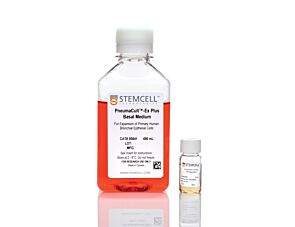
Serum- and BPE-free medium for expansion of primary human airway epithelial cells
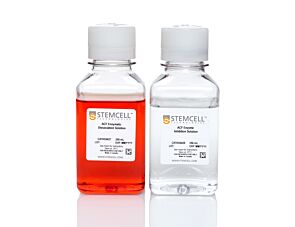
Dissociation kit for human stem and progenitor cells
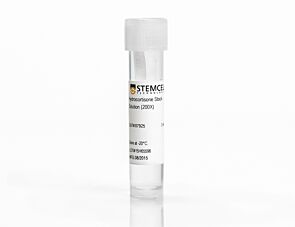
Cell culture supplement
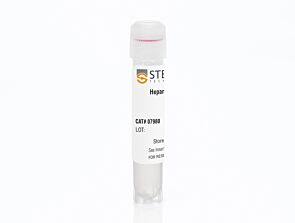
Cell culture supplement
Compatible antibodies for purity assessment of isolated cells
PneumaCult™-ALI- s Medium(目录#05050)是一种不含血清和bpe的培养基,用于在气液界面(ALI)培养人小气道上皮细胞。在PneumaCult™-ALI-S培养基中培养的小气道上皮细胞经过广泛的粘膜纤毛分化形成立方体上皮,其形态和功能特征与体内的人小气道相似。
一起,PneumaCult™- ari - s Medium和PneumaCult™-Ex Plus Medium(#05040)构成了一个完全集成的无bpe培养系统,用于体外人体小气道建模。这一强大而明确的系统是基础呼吸研究、毒性研究和药物开发的宝贵工具。
了解如何培养人类气道上皮细胞在我们的ALI按需肺课程或浏览我们的常见问题(FAQs)关于使用PneumaCult™的ALI培养工作流程。
Subtype
Specialized Media
Cell Type
Airway Cells
Species
Human
Application
Cell Culture, Differentiation, Maintenance
Brand
PneumaCult
Area of Interest
Disease Modeling, Drug Discovery and Toxicity Testing, Epithelial Cell Biology, Respiratory Research
Formulation Category
Serum-Free
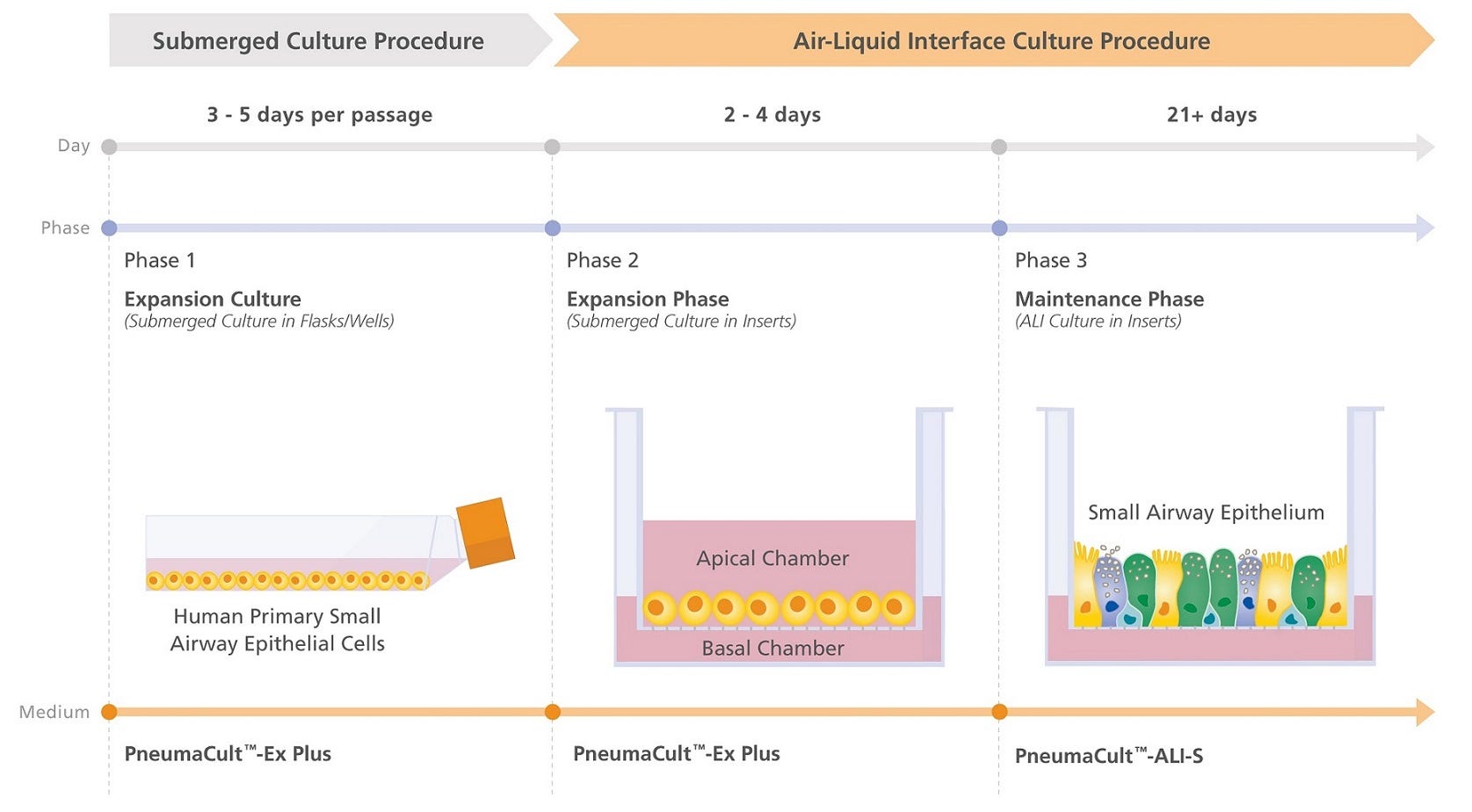
Figure 1. Overview of the PneumaCult™ Culture System for Small Airway Research
Expansion of human small airway epithelial cells (HSAEC) in submerged culture is performed with PneumaCult™-Ex Plus Medium. During the early Expansion Phase of the air-liquid interface (ALI) culture procedure, PneumaCult™-Ex Plus is applied to the apical and basal chambers. Upon reaching confluence, the culture is air-lifted by removing the culture medium from both chambers, and PneumaCult™-ALI-S is added to the basal chamber only. Differentiation into a mucociliary epithelium is obtained following 21+ days of incubation and can be maintained for more than one year.
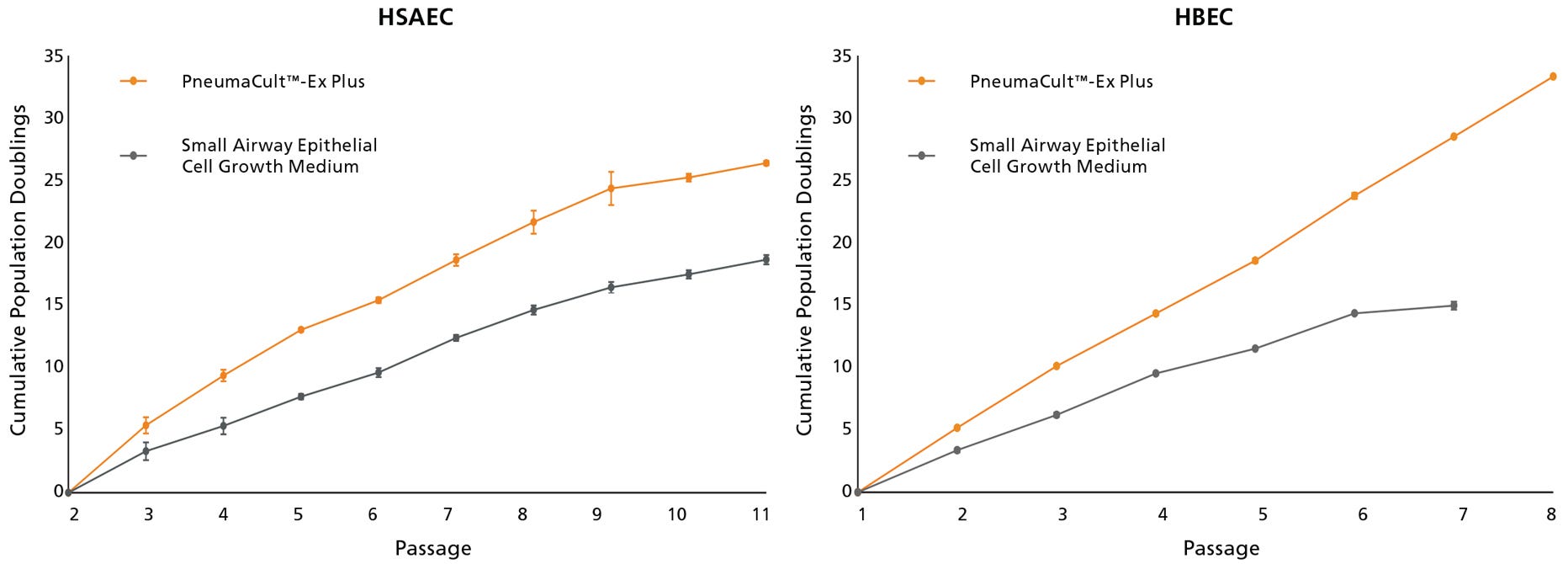
Figure 2. HSAEC and HBEC Grow at a Higher Rate During Expansion When Cultured in PneumaCult™-Ex Plus Medium
Human small airway epithelial cells (HSAEC) and human bronchial epithelial cells (HBEC) cultured in PneumaCult™-Ex Plus Medium exhibited higher proliferation rate at every passage compared with cells cultured in Small Airway Epithelial Cell Growth Medium. Cryopreserved HSAEC were obtained commercially at passage 2 (P2) while HBEC were obtained at P1.
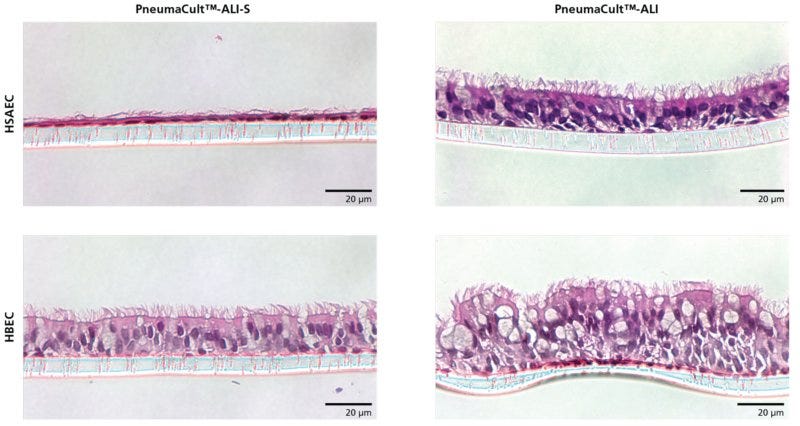
Figure 3. HSAEC Cultured at the ALI Using PneumaCult™-ALI-S Medium Differentiate to Form a Morphology Representative of the Small Airway Epithelium
Hematoxylin and eosin (H&E) staining of HSAEC and HBEC cultured in PneumaCult™-ALI-S or PneumaCult™-ALI Medium at P3, after 28 days. HSAEC differentiated at the ALI in PneumaCult™-ALI-S formed a thin, cuboidal epithelial layer representative of the in vivo small airway epithelium while HBEC differentiated in PneumaCult™-ALI formed a pseudostratified epithelium resembling the in vivo bronchial epithelium. The ALI cultures were fixed, paraffin-embedded, sectioned, and stained with H&E. All images were taken using a 40X objective. Insert membrane was 10 μm in thickness. Scale bar = 20 μm.
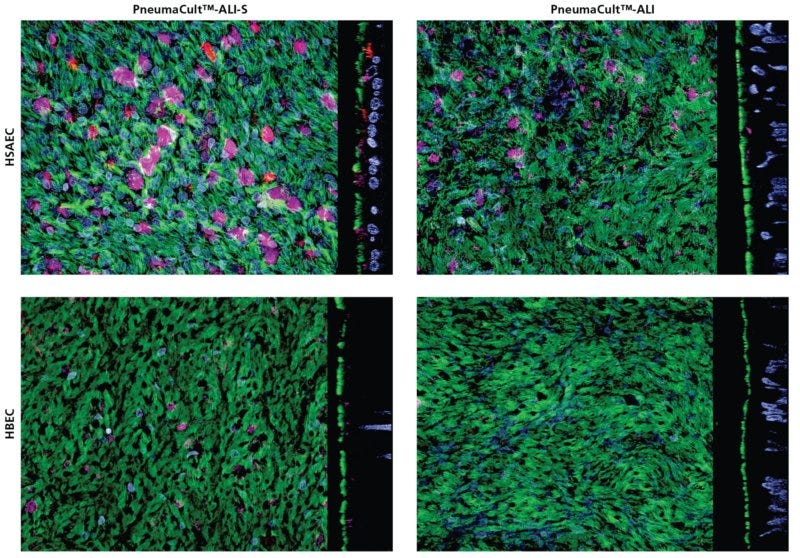
Figure 4. Small Airway Epithelium Markers Were Detected in HSAEC Cultured in PneumaCult™-ALI-S Medium
Confocal images of whole mount immunostained ALI cultures showing HSAEC and HBEC cultured in PneumaCult™-ALI-S or PneumaCult™-ALI Medium at P3, after 28 days. The ALI cultures were fixed and stained with antibodies for ciliated cells (AC-tubulin; green), club cells (SCGB1A1; magenta), and secretory protein (SCGB3A2; red). The nuclei were counterstained with DAPI (blue). Small airway epithelium markers, SCGB1A1 and SCGB3A2, were detected at higher levels in HSAEC cultured in PneumaCult™-ALI-S compared with HSAEC cultured in PneumaCult™-ALI and HBEC cultured in either PneumaCult™-ALI-S or PneumaCult™-ALI. All images were taken using a 63X objective.

Figure 5. Relative Expression of Small Airway Epithelium Markers by qPCR Were Detected at Higher Levels in HSAEC Cultured in PneumaCult™-ALI-S Medium Compared with HSAEC Cultured in PneumaCult™-ALI
HSAEC and HBEC cultured in PneumaCult™-ALI-S or PneumaCult™-ALI Medium at P3. After 28-days of differentiation, the ALI cultures were analysed for small airway epithelium markers, SCGB1A1 and SCGB3A2. Gene of Interest expression was normalized to housekeeping gene, TBP, and expressed as relative quantity (RQ). Relative expression of SCGB1A1 and SCGB3A2 was higher in HSAEC cultured in PneumaCult™-ALI-S Medium compared with HSAEC cultured in PneumaCult™-ALI and HBEC cultured in either PneumaCult™-ALI-S or PneumaCult™-ALI. Relative expression of SCGB3A2 was not detectable in HBEC cultured in either PneumaCult™-ALI or PneumaCult™-ALI-S.
Find supporting information and directions for use in the Product Information Sheet or explore additional protocols below.
This product is designed for use in the following research area(s) as part of the highlighted workflow stage(s). Explore these workflows to learn more about the other products we offer to support each research area.
Thank you for your interest in IntestiCult™ Organoid Growth Medium (Human). Please provide us with your contact information and your local representative will contact you with a customized quote. Where appropriate, they can also assist you with a(n):
Estimated delivery time for your area
Product sample or exclusive offer
In-lab demonstration
| Species | Human |
|---|---|
| Formulation Category | Serum-Free |
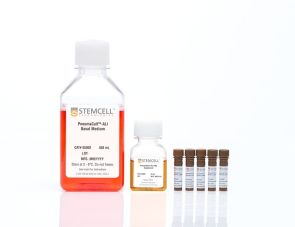
在气液界面培养的人气道上皮细胞的无血清和无bpe培养基
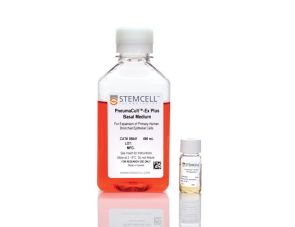
无血清和无bpe培养基用于原代人气道上皮细胞的扩增
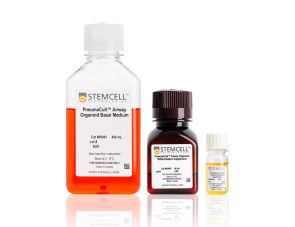
无血清和无bpe培养基用于气道类器官的高效建立和分化
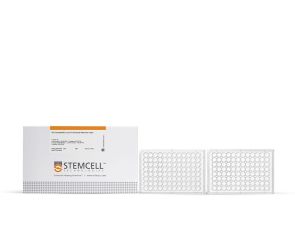
96孔聚苯乙烯板与两个盖子和聚酯膜插入
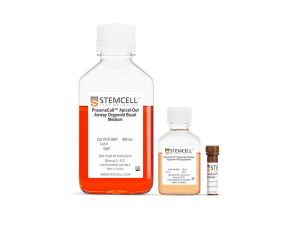
无血清和无bpe培养基用于人原代支气管上皮细胞或人气道上皮细胞分化为成熟的顶出气道类器官
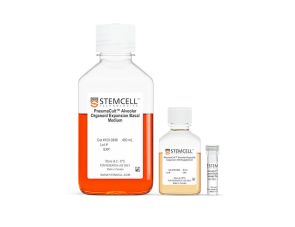
人肺泡类器官扩增和分化的细胞培养基
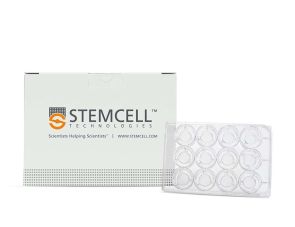
带盖聚苯乙烯培养板,含聚酯膜小室插件,可支持通过基底侧供养方式进行细胞培养
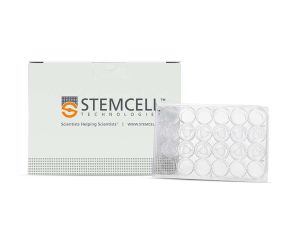
带盖聚苯乙烯培养板,含聚酯膜小室插件,可支持通过基底侧供养方式进行细胞培养
扫描二维码或搜索微信号STEMCELLTech,即可关注我们的微信平台,第一时间接收丰富的技术资源和最新的活动信息。
如您有任何问题,欢迎发消息给STEMCELLTech微信公众平台,或与我们通过电话/邮件联系:400 885 9050 INFO.CN@STEMCELL.COM。

